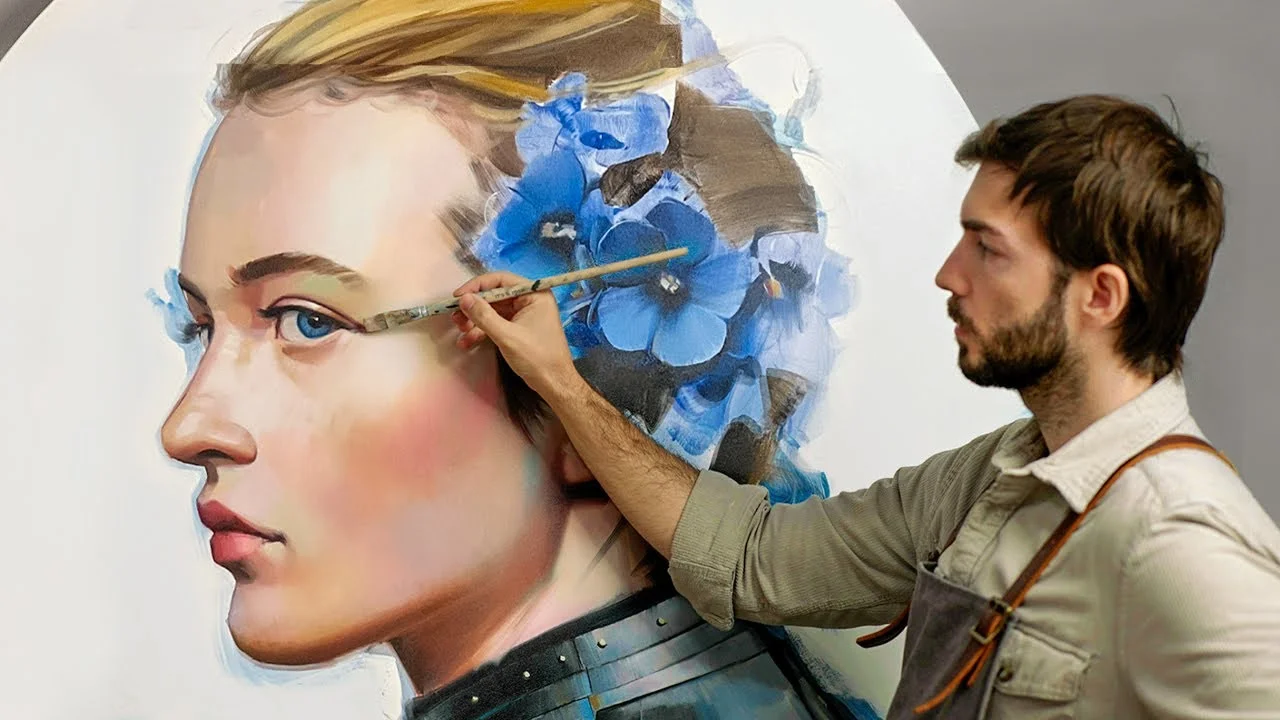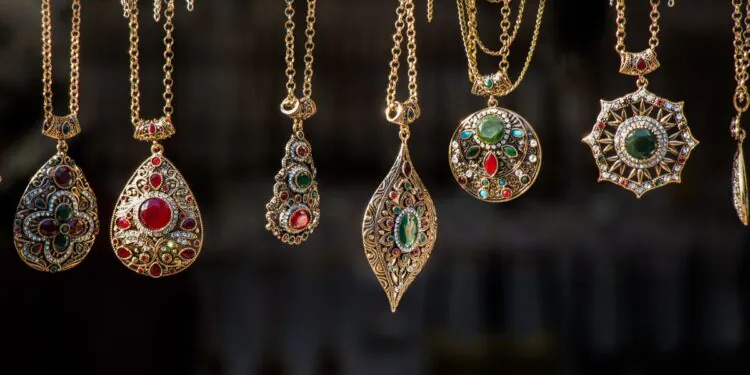The art of λιβαισ, an ancient Greek craft of leatherworking, has been a cornerstone of Greek culture and economy for millennia. This traditional craft, which translates to “leatherwork,” encompasses a wide range of techniques and products, from everyday items to intricate pieces of art. In this article, we delve into the history, techniques, and cultural significance of λιβαισ, highlighting its enduring legacy and modern resurgence.
Historical Background
Leatherworking has deep roots in Greek history, dating back to the Mycenaean civilization (circa 1600-1100 BCE). Ancient Greeks utilized leather for various purposes, including clothing, footwear, armor, and household items. The craft was highly regarded, with skilled artisans known as “λιβαισ” playing a crucial role in society. Leather items were not only practical but also often decorated with intricate designs, showcasing the artisan’s skill and creativity.
Techniques and Tools
The process of λιβαισ involves several stages, each requiring specific tools and techniques:
- Tanning: The transformation of raw animal hides into durable leather. Traditional methods use natural tannins from tree bark, a process that can take several months.
- Cutting: Once tanned, the leather is cut into desired shapes using specialized knives and shears.
- Stitching: Pieces are sewn together using strong, waxed thread. Techniques such as saddle stitching are common, ensuring durability.
- Decoration: Artisans often emboss, carve, or paint leather to create intricate patterns and designs. Tools like stamps, chisels, and needles are used for this purpose.
Cultural Significance
In ancient Greece, leather items were integral to daily life. Sandals, belts, and bags were essential accessories, while leather armor provided protection for warriors. Leatherworking also had religious and ceremonial importance, with items used in rituals and as offerings to the gods.
The craft of λιβαισ symbolized a connection to the natural world and a respect for the materials provided by animals. It was also a means of artistic expression, with each piece reflecting the artisan’s skill and creativity.
Modern Resurgence
In recent years, there has been a renewed interest in traditional crafts, including λιβαισ. Modern artisans are rediscovering and preserving ancient techniques, while also incorporating contemporary designs and technologies. This fusion of old and new has led to a vibrant revival of Greek leatherworking, appealing to both locals and tourists.
Workshops and studios dedicated to λιβαισ can be found throughout Greece, offering handmade leather goods that range from traditional to modern styles. These items are prized for their quality, craftsmanship, and unique designs, making them popular souvenirs and fashion statements.
Conclusion
The craft of λιβαισ is a testament to the enduring legacy of Greek culture and the timeless appeal of handmade leather goods. From its ancient origins to its modern resurgence, λιβαισ continues to captivate and inspire, bridging the past and present through the art of leatherworking. As we celebrate this traditional craft, we also honor the skilled artisans who keep it alive, ensuring that the rich heritage of λιβαισ will continue to thrive for generations to come.











